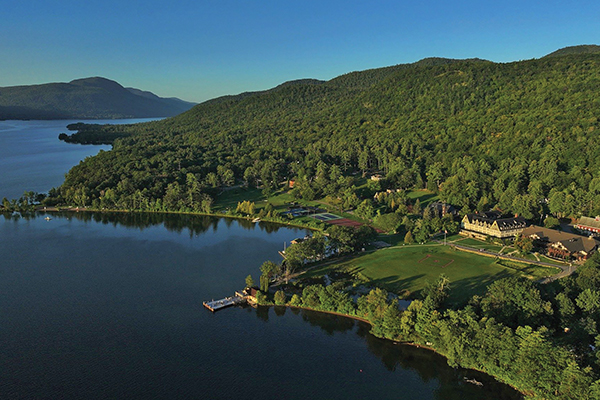Honoring History. Focused on Forever.
This year, we celebrate 50 years of leadership in advocacy and conservation.
This year, we celebrate 50 years of leadership in advocacy and conservation.

Join us for our virtual members’ meeting on Thursday, July 10 (4:00 – 5:00pm) – a special opportunity to come together as a community of dedicated Adirondack conservation advocates.

Honoring 50 years of Adirondack conservation and advocacy! Please join us on Saturday, July 19 (4:00 – 7:00pm) at the Silver Bay YMCA conference center on beautiful Lake George.
Climate change poses a host of threats to the Adirondack Park’s unique landscape and varied ecosystems.
Clean water is the greatest ecological and economic resource of the Adirondack Park, providing habitat, recreational opportunities and drinking water.
The Forest Preserve is the state-owned land within the Adirondack Park, protected by Article XIV of the New York State Constitution.
Well-stewarded forests and farms play an important role in the history of the region, the ecological health of the Park, and the vibrancy of its rural communities.

The Adirondack Council works to protect the ecological integrity and wild character of the Adirondack Park through education and advocacy, with members across all 50 states and beyond.
Influence policies that impact the park through our action alerts.
Get the latest on Adirondack issues and the Council’s work through our Member Newsletter
There are many ways to donate to support our mission